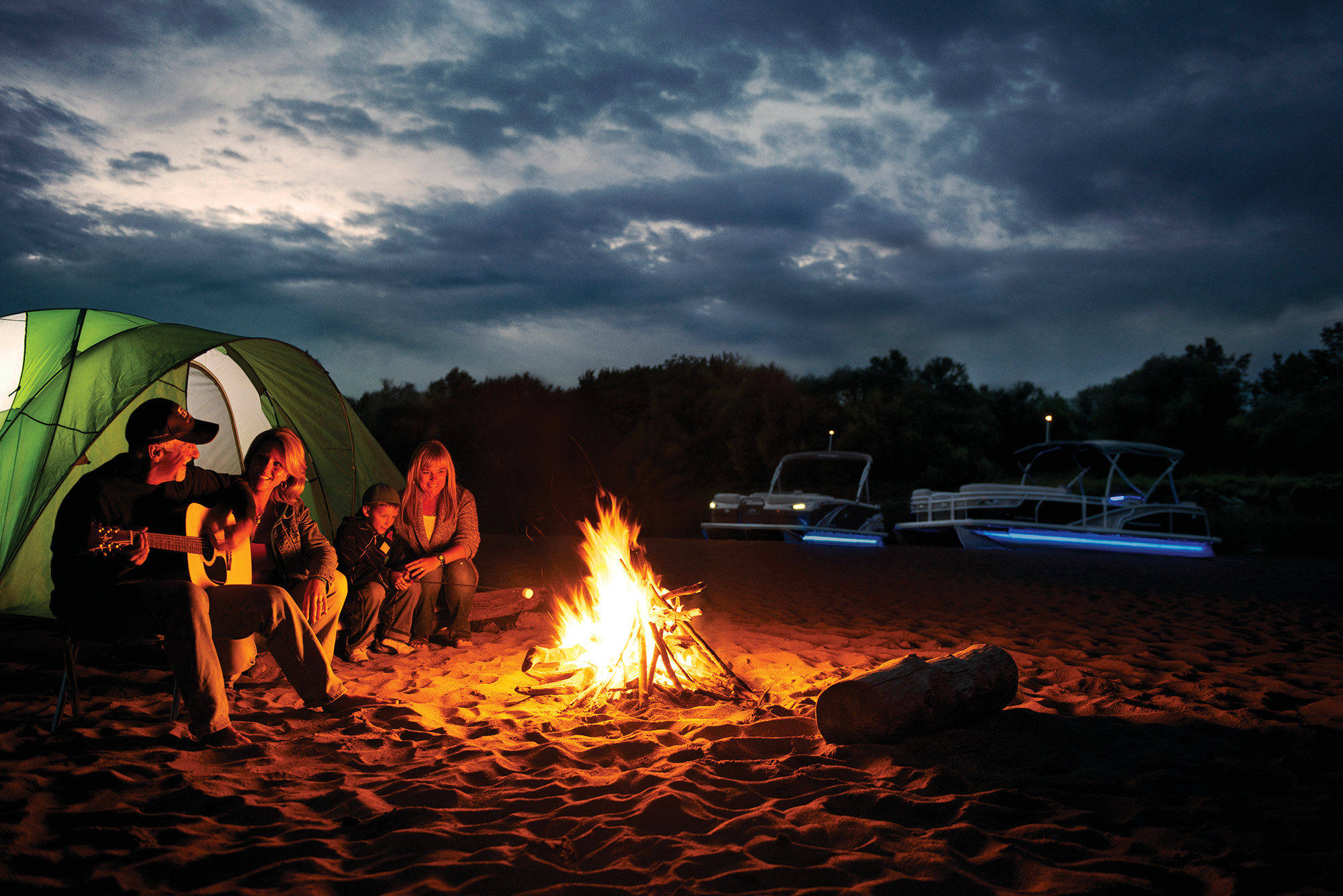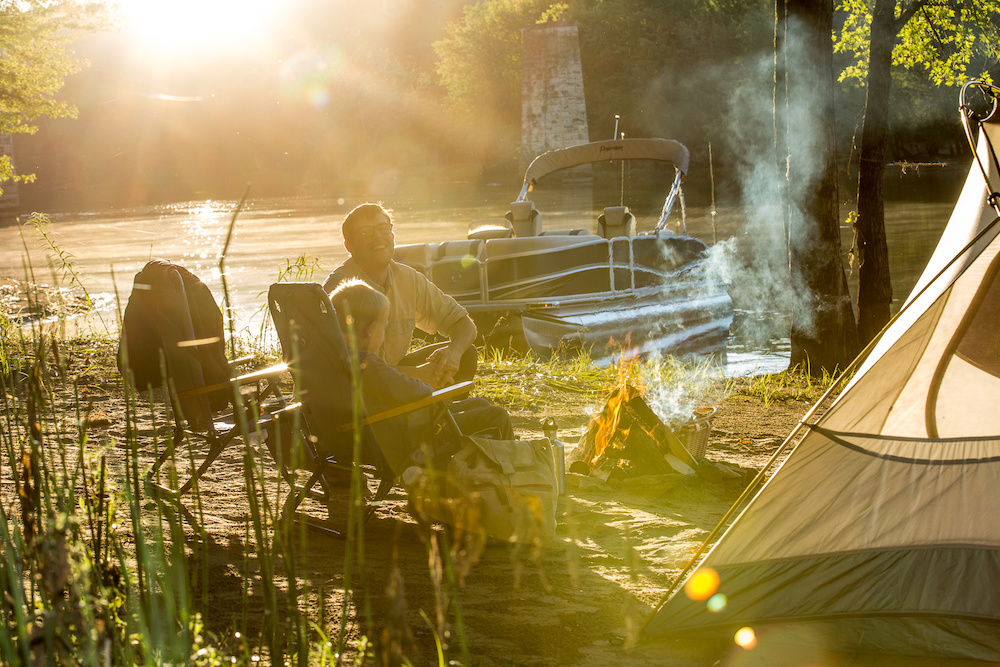When you hear the word "camping," you probably think of tents, wiener roasts, and s’mores. You may have even heard of "glamping," a.k.a. glamorous camping (think a little less rustic and more luxurious). So what’s boat camping? Easy: sleeping onboard your boat. What could be better than sleeping under seemingly millions of stars and being lulled to sleep by gently lapping waves?
Follow these five tips to ensure your first experience with boat camping goes smoothly.
- Research anchorages in advance.
- Get your kids involved in planning.
- Plan bathroom breaks in advance, too.
- Anchor a safe distance from other boats, and shore.
- Have the right safety gear onboard.
Now, let's dive into the details...
10 Steps to Planning a Successful Boat Camping Trip
Research anchorages in advance
Just as selecting a good campground is important, it’s vital to choose the right place to anchor overnight. Since you should treat yourself to a good night’s sleep, seek out a peaceful place, not the midst of a busy harbor. Cozy coves are therefore ideal. An extra benefit is having it all or virtually all to yourself.
Be sure to check out our "Find Places to Fish and Boat" map to help plan your anchorage.
Get your kids involved in planning
If you have a galley on your boat, have your kids help create the menu and shop for dinner and/or breakfast preparations (be sure to add plenty of fresh water to your provisioning list). Show them the anchorage in advance on a nautical chart. Since you may see plenty of stars when boat camping, learn what constellations will be visible, and tell your children how ancient mariners navigated by the stars.
Plan bathroom breaks in advance
If your boat doesn’t have a head, boat camping becomes a little more challenging. Not impossible, but the last thing you want is to wonder where you can go if you (or your kids) have to go, so to speak. Consider anchorages near facilities with restrooms, like state parks or public beaches, and know the rules for accessing them at late or early hours.
Anchor a safe distance from other boats, and shore
This means taking into account the 360-degree swing room of your boat if the wind changes direction. You definitely don’t want to drift into your neighbor’s boat in the middle of the night, or find you’ve accidentally beached your boat.
Have the right safety gear onboard
Make sure the anchor you plan to use is appropriate for your boat, and the sea bottom. When in doubt, get an anchor one size larger than recommended. In addition, if your boat is longer than 23 feet, you’ll need to display a white light visible from all directions between sunset and sunrise. This alerts other boats in the area that you’re anchored. While oftentimes smaller boats are exempt from this white-light rule, it couldn’t hurt to display one. Regardless, check the regulations for the area you’re considering.
Have a look at our Boat Safety Checklist to learn more.
Whether you call it “hanging on the hook” or boat camping, spending the night onboard can be a terrific experience. With proper advanced planning, you may find it soon becomes one of your favorite boating activities.
Read Next: 10 Tips for Boating at Night
You Might Also Like:


